The surface of Mars is a well worn place in the Solar System, heavily pounded by countless meteor impacts. And some of these craters are hundreds of millions of years old. So it’s unusual for there to be a completely fresh impact on the surface of Mars: but that’s just what NASA scientists discovered looking through a recent batch of images returned from NASA’s Mars Reconnaissance Orbiter.
You’re looking at an image taken by the Mars Context Camera, an instrument on board the Mars Reconnaissance Orbiter. In an older photograph taken of the region in February 2012, there was just a bunch of old craters. And then, in the newer image, taken June 2014, this fresh scar on the surface of Mars is clearly visible.
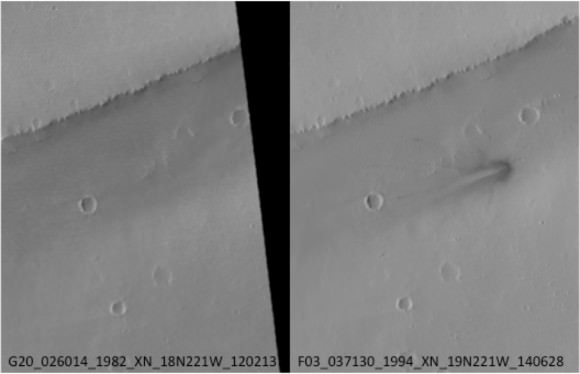
The crater itself is circular, but the blast of ejecta indicates that the object came in from the West, and struck the surface of Mars, blasting out a curtain of pulverized rock that covered the nearby surface. The impactor would have vaporized into a fireball of superheated rock, like a nuclear bomb exploding on the surface of Mars, while the eject blanket was shot out to the side.
This isn’t the first time spacecraft have detected new craters on Mars. In fact, the largest new crater discovered was half the length of a football field. And so far, researchers have turned up more than 400 new craters on the surface of Mars.
The Mars Context Camera has completely imaged the entire surface of Mars at least once during its 7-year mission. And with multiple passes, planetary scientists are starting to build up a picture of how the dynamic the surface of Mars can really be.
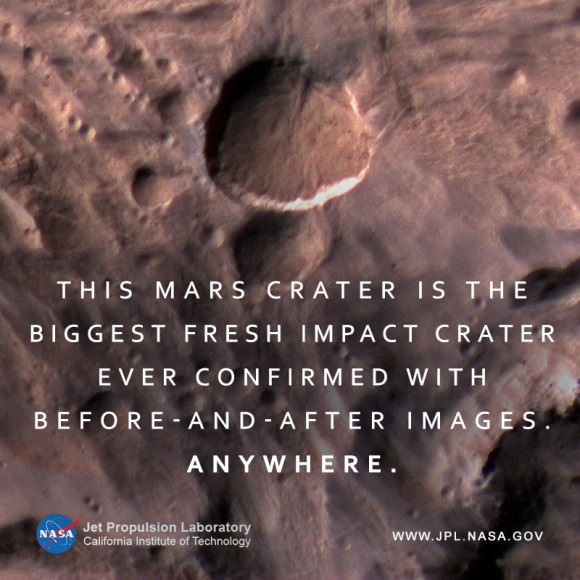
And of course, planetary scientists have discovered fresh craters on other locations in the Solar System. NASA’s Lunar Impact Monitoring Program turned up a bright meteoroid impact on March 17, 2013, and follow on observations by NASA’s Lunar Reconnaissance Orbiter turned up the impact location. The monitoring program has actually turned up more than 300 impacts so far. So if you’re walking around on the Moon, watch your head.
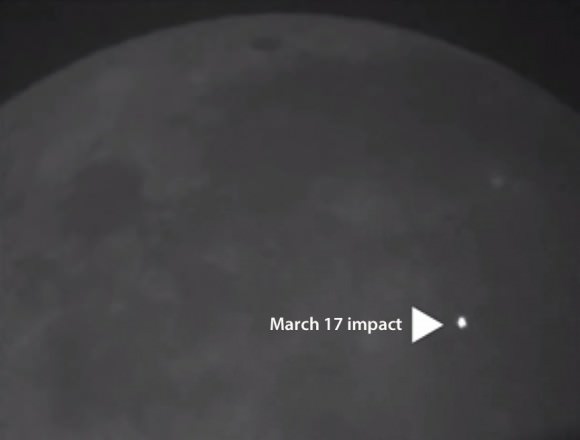
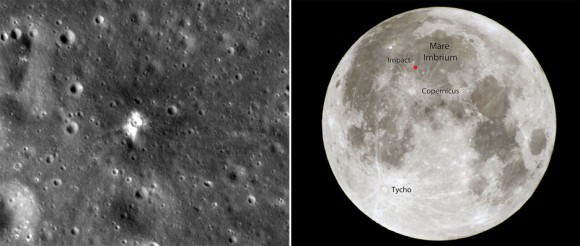
Source: NASA/JPL News Release

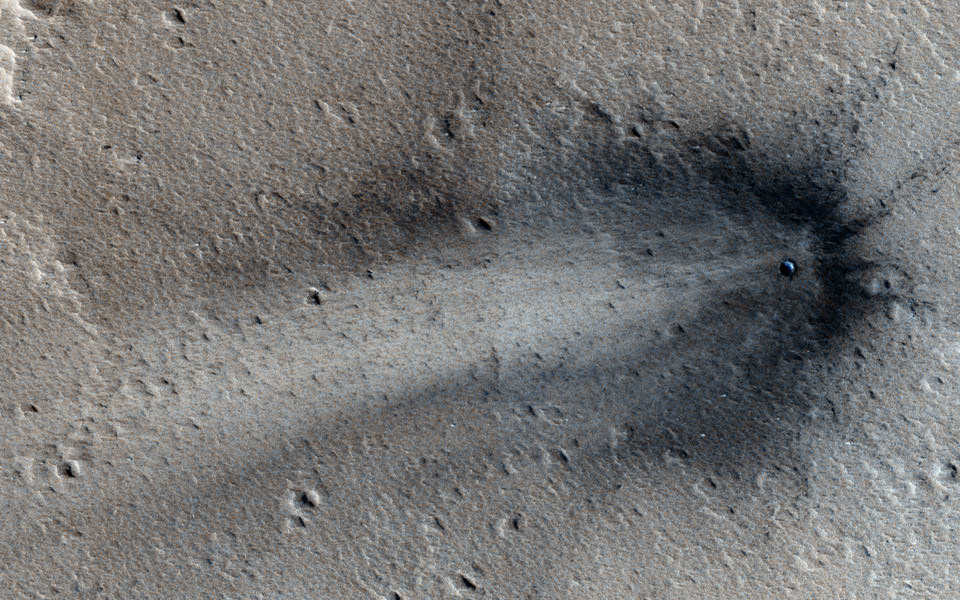
I’ve almost finished building a f3.4 12 1/2″ Newtonian telescope and mount. I shipped the mirror out for coating yesterday morning! I’ve always wanted to monitor the moon for impacts! Now I will!
Wow. Did you grind your own mirror or just re-surfacing one? That is a pretty fast system too f/3.4. Requires a lot of accuracy in the mirror surface. Send a photo when done.
We shouldn’t be surprised at all: how many “rocks” hit the Earth every day? So it’s just logic that the others get their fair share as well.
Because “the others” are so far away and just at that critical moment no telescope points to the right spot… we miss most of these impacts. Therefore we think “What a boring space!”, turn around to grab a beer and…. miss the next one 😉
It was the same kind of thinking (in the past) when it came to extra-solar planets…. “Ridiculous, there are no planets!! – Show me one!” Now these voices went silent 😉
What else unexpected is out there… waiting to be discovered by an “open mind / eye”?
Mars is nearer to the asteroid belt than Earth, so it should scoop up more rocks than we do. Also, its atmosphere is much thinner than ours so more of the rocks make it to the surface without burning up.
Impact craters are circular for incident angles that are very low. The in-coming impactor has to have a very shallow approach angle to cause a oblong impact crater. The debris field will be distorted such as this one but the crater still circular. Pretty amazing. The impact of these high speed objects is more of an explosion rather than “impact” which is why the craters are circular. The expansion speed of the explosion is faster than the approach speed of the impactor.